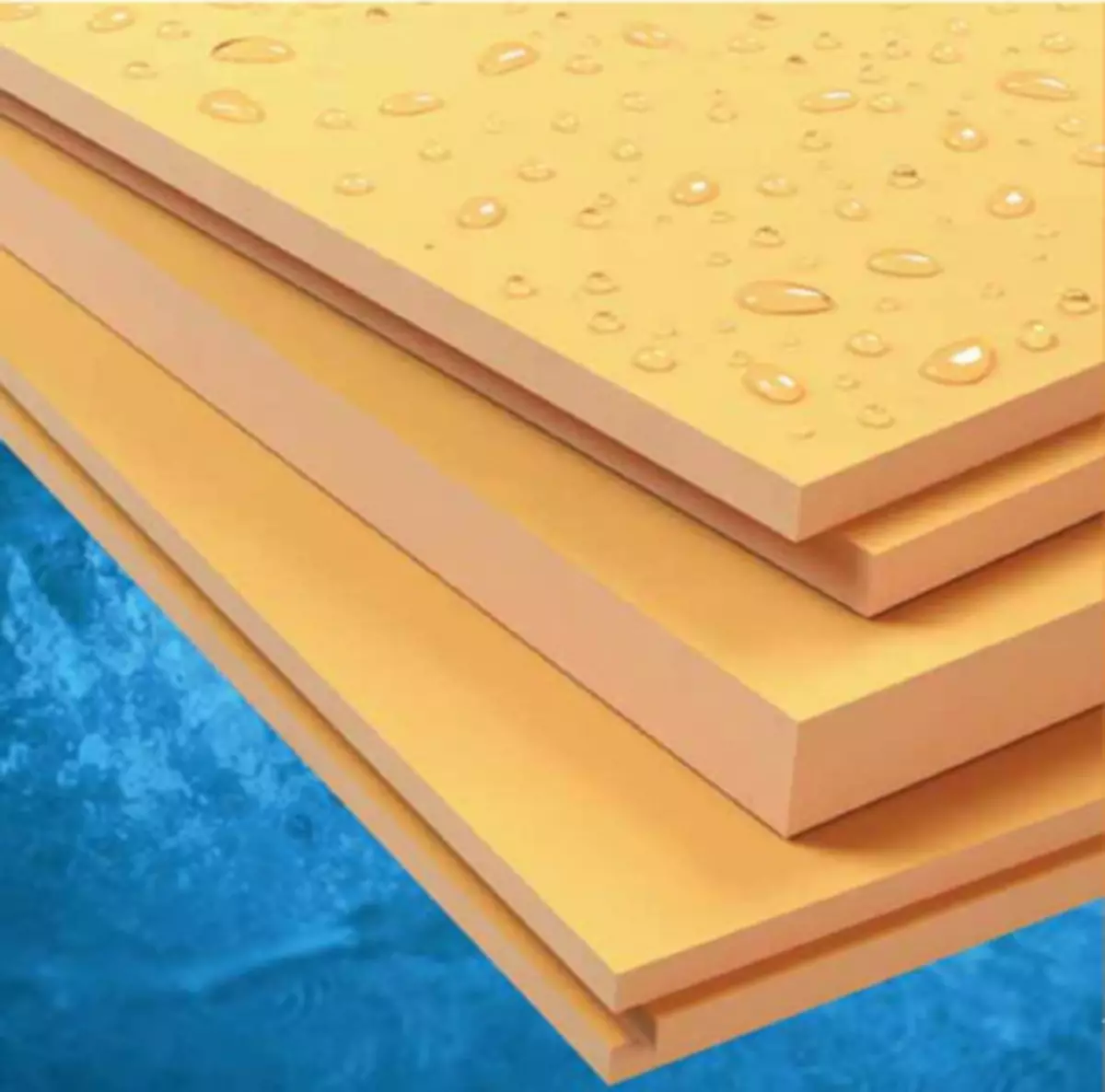
Most consumers think about the problem: foam or polystyrene foam, what is better to apply for insulation and sound insulation? Some even believe that it is absolutely identical materials.
This fact confirms the information on the Internet. Most likely, this happens due to the fact that they are made of polystyrene, but with a careful approach you can see that the difference is still available.
Differences of foam and polystyrene
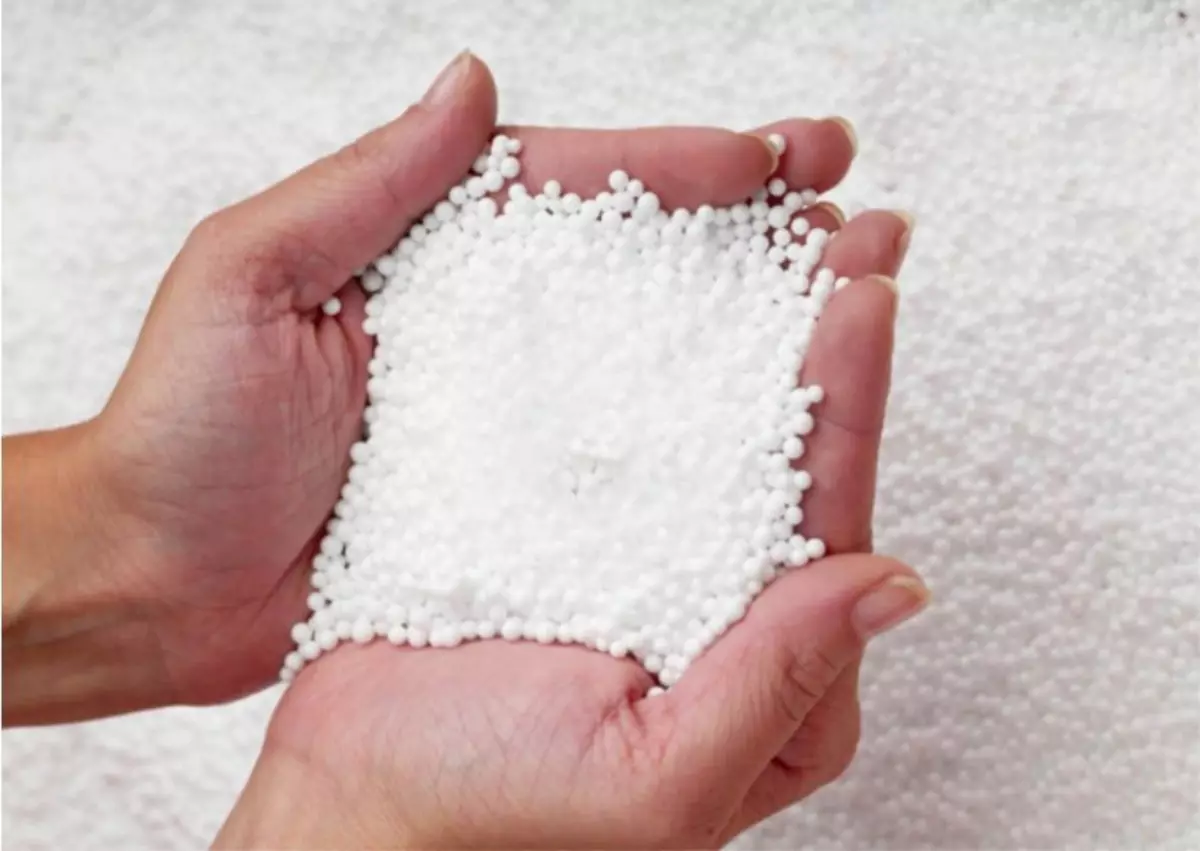
When processing polystyrene pellets, dry steam turns out foam
The main differences between these materials are as follows:
- In the production technology of these samples there is a big difference. Polyfoam is manufactured using the processing of polystyrene pellets with dry steam. Expanding under the influence of heat, they firmly fasten with each other, at this time micropores are formed. Polystyrene foam or penplex – This is his trading name, produced by the method of "extrusion". Polystyrene granules are melted in both cases, molecular bonds are formed, a single structure occurs.
- There is also the difference between physical and technical characteristics as a result of the technology of their production. If we speak frankly, expanded polystyrene in separate signs is superior to the foam.
Differences of functional properties by thermal conductivity
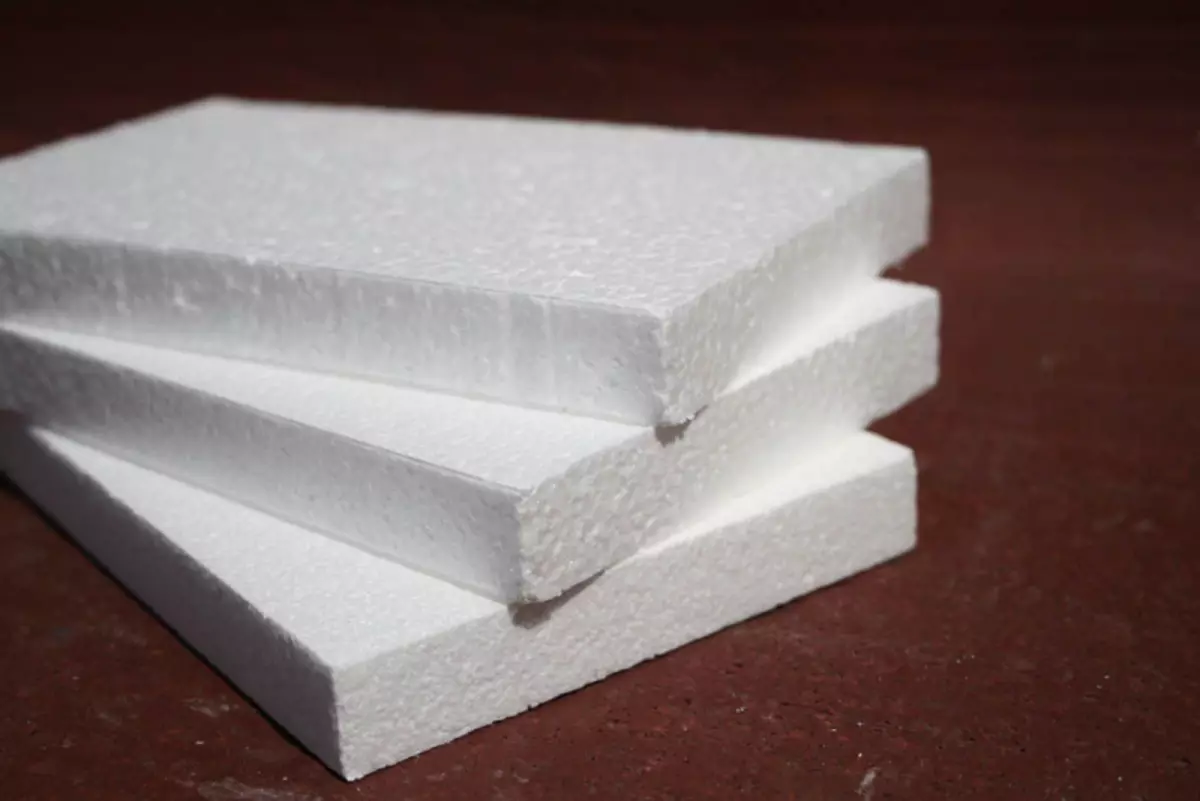
The more effective thermal conductivity, the thinner may be the material
What is better to apply for insulation - polystyrene foam or foam?
Analyzing the capabilities of the materials under consideration, their differences can be noted.
The main characteristic of insulation is thermal conductivity.
With its decrease, the efficiency of the material increases, and it becomes thinner.
- The digit of thermal conductivity of polystyrene was 0.028 W / MK;
- Polyfoam - 0.039 W / MK.
Considering these indicators, it can be seen that the polystyrene foam exceeds the characteristics of the foam, and not only it, but in general, other existing insulation.
Confirm this can be the following facts:
Article on the topic: Bearless toilet - from choice to installation
| № | Material | Thermal conductivity |
|---|---|---|
| one | Styrofoam | 0.039 |
| 2. | Minvata. | 0.041 |
| 3. | Reinforced concrete | 1,7 |
| four | Silicate Masonry Brick | 0.76 |
| five | Masonry of bricks with holes | 0.5. |
| 6. | Glued wooden bar | 0.16. |
| 7. | Ceramzitobeton | 0.47 |
| eight | Gazilikat | 0.5. |
| nine | Foam concrete | 0,3. |
| 10 | Slagobeton | 0,6 |
By mechanical fortress
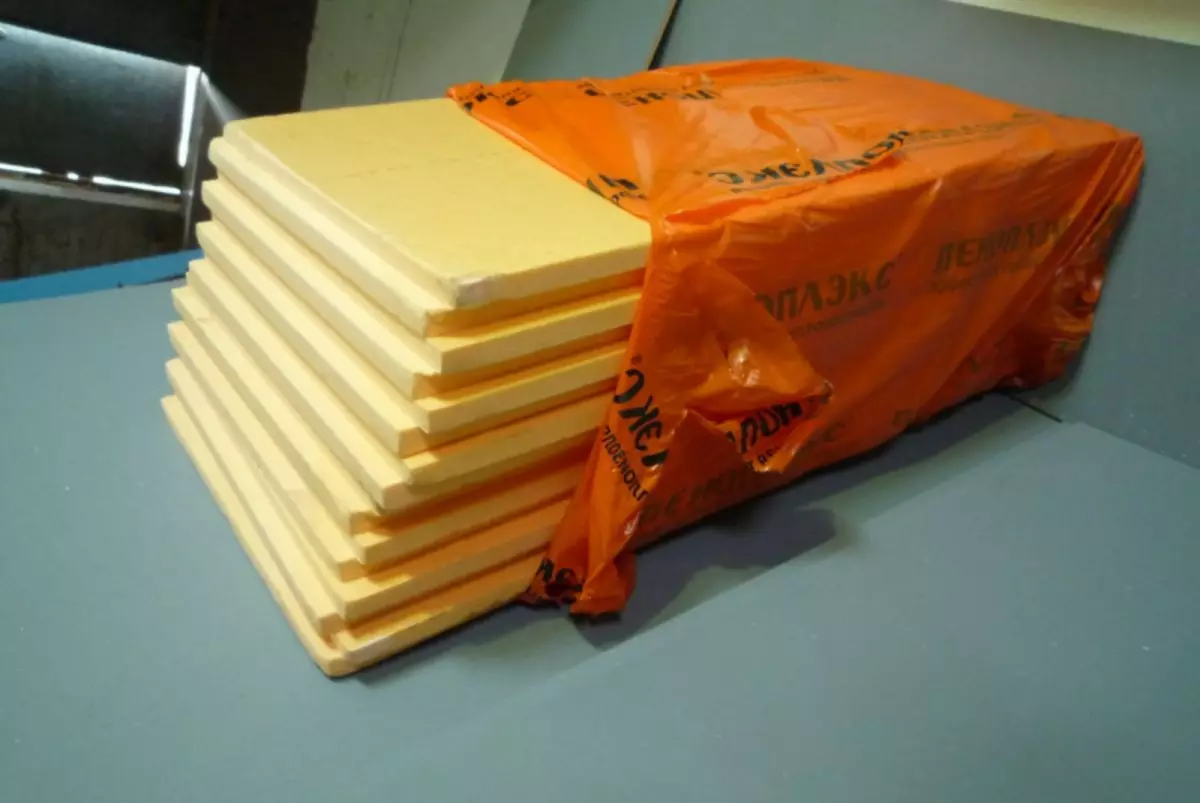
Expanded polystyrene less fragile than foam plastic
It is necessary not to forget that polystyrene foam is a good monolith, and the particles are foaming. This significantly affects the strength of the materials.
The polystyrene foam is resistant to breaks from 0.4 to 1 MPa, its resistance to compression is 0.25-0.5 MPa, and the foam has a standard in the boundaries, respectively, 0.07-0.2 MPa and 0.05-0.2 MPa .
It is well known that the foam, exposed to serious mechanical influences, begins to crush into small balls and breaks. The polystyrene is also kept solid load and temperature differences.
The density of the extruded polystyrene foam varies from 30 to 45 kg / m3, and the foam - fluid varies in the range of 15-35 kg.
By ability to absorb water
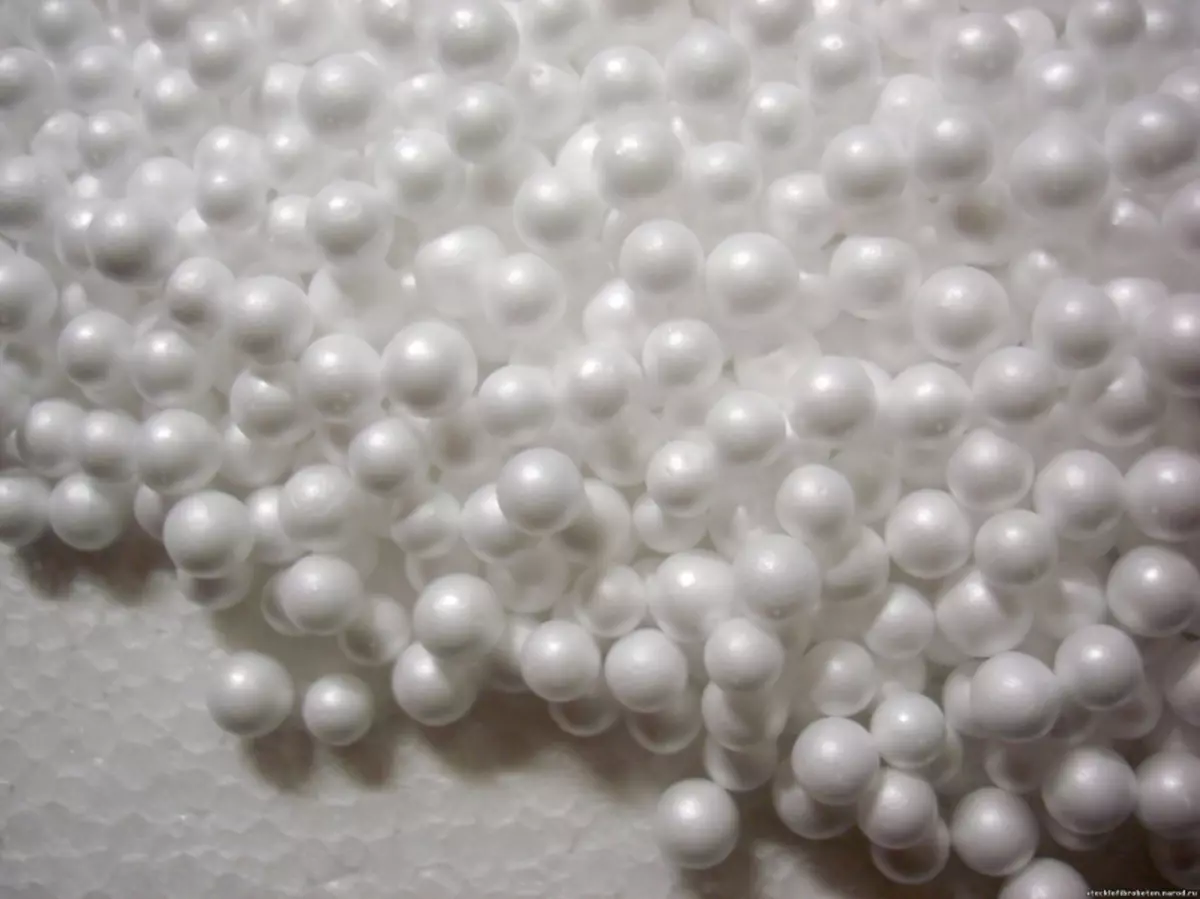
Polyfoam better absorbs water, which is a negative feature
This is one of the significant characteristics of thermal insulation materials, and this property should be minimal. By gaining moisture, the insulation will lose its most important features, will swell and, to all, will start rotting and collapse.
In polystyrene, which has a cellular composition, moisture absorption zero. Immersing it for a long time and completely into water, it can be noted that the absorption of the liquid can be up to 0.2% of its volume.
Polyfoam, distinguished by the composition, this feature is significantly lower. Immersing it for 24 hours into water, it can be noted that the material absorbed 2% of the volume, in 30 days it will absorb 4%.
So what is better: foam or polystyrene foam? All of the above once again proves the advantages of the second hydrophobic material material, especially if it is used to insulate such parts of the building as the ground floor, the foundation and the facade.
For refractory
The flammability acts as an important component when objects need to be insulated with the presence of wooden structures - attic, roofing. It should be noted that both materials are counted to groups with increased burning ability. For more information about the differences in materials, see this video:Article on the topic: Woodrovnik in the country do it yourself
The manufacturer began to add antipiren to the composition of foam and expanded polystyrene - with its help insulation self-spout. If there is no direct contact with the fire, the materials will be pulled in seconds.
On predisposition to shrinkage
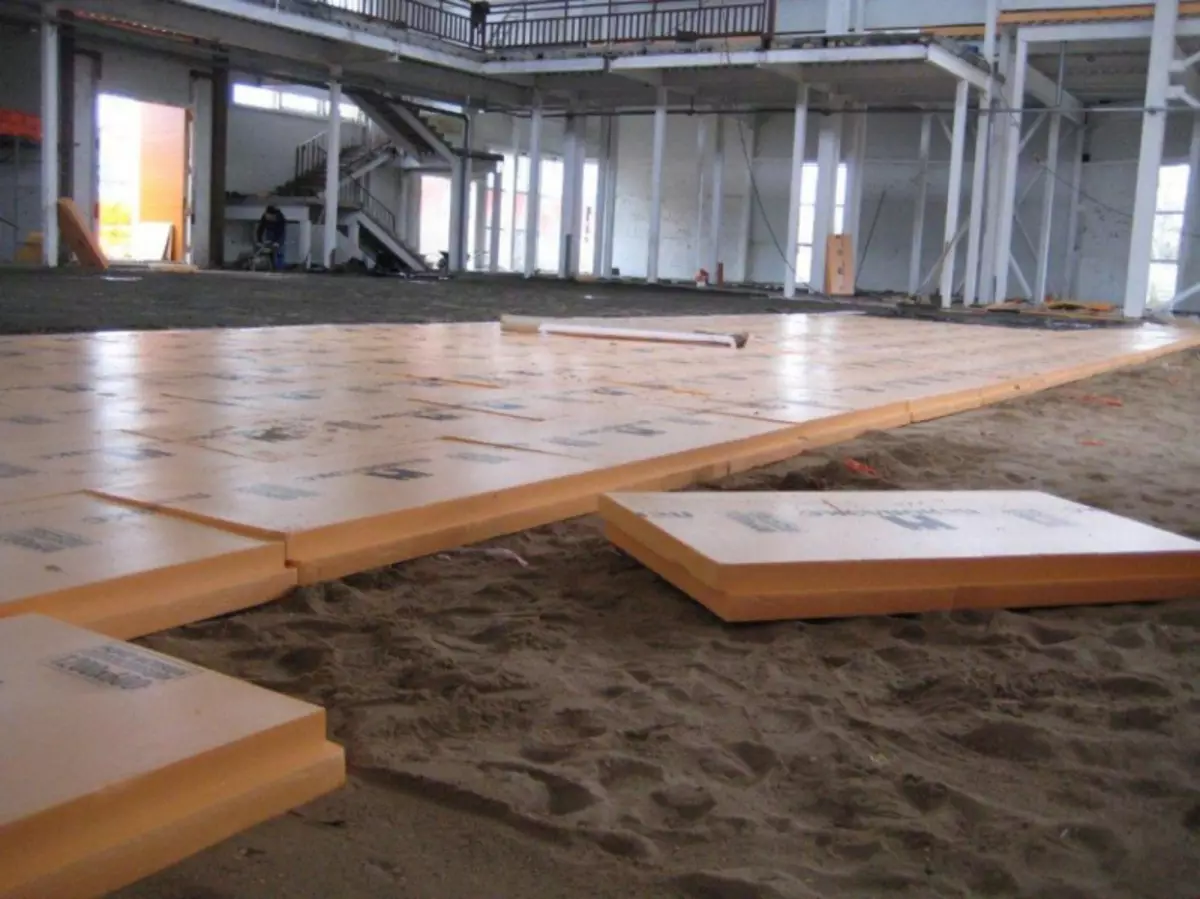
Unlike foam plastic, polystyrene is not amenable to shrinkage
The main disadvantage of all insulation is shrinkage. With such a phenomenon, there are gaps that reduce the effectiveness of the process.
Polyfoam when heated is located to the shrinkage, so it is not recommended to apply it in the "Warm floor" system.
If the foam is used for the insulation of the facade, it is necessary to cover it with white plaster, which protects against ultraviolet rays.
The polystyrene foam is almost not led by shrinkage during application.
On temperature swing
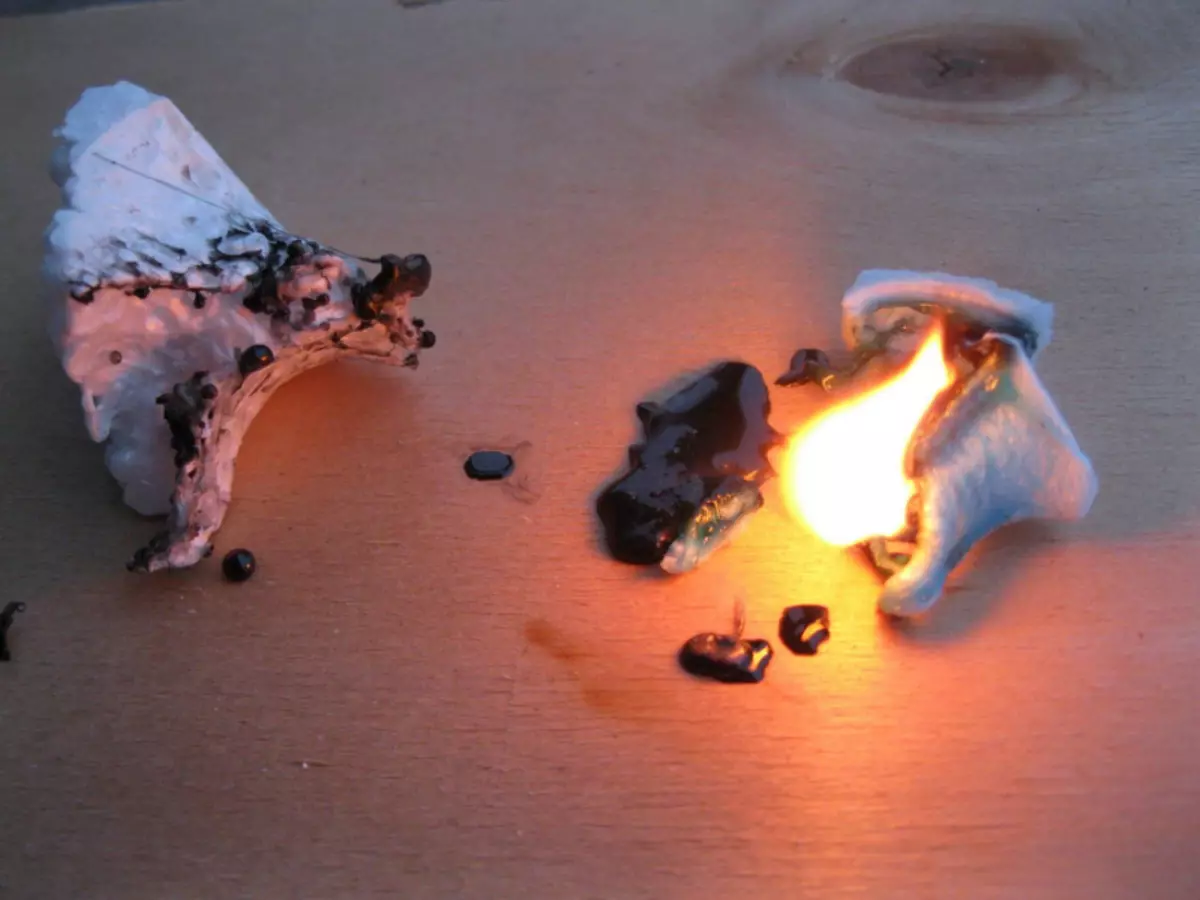
Temperature balance allowed for working with both materials - from - 50 to + 75 degrees.
If you exceed these indicators, the material begins to deform.
Polyfoam lights up at 310 degrees, expanded polystyrene - at 450 degrees.
Ecology
The composition of these materials absolutely no harmful components, such as freon and phenol. After time, the insulation does not begin to allocate harmful substances, they can be confidently used to isolate public buildings and residential buildings.For service life
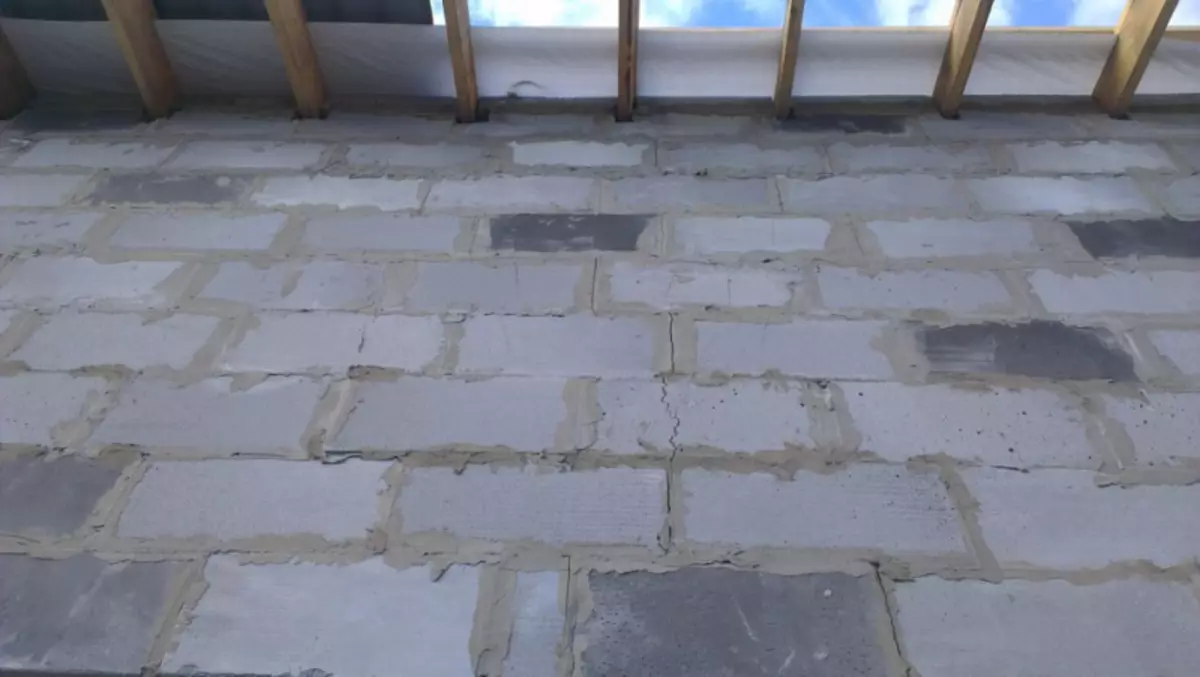
Studies have shown that the PESTLEX, which is installed correctly, can last up to 50 years, preserving a form.
If the financial capabilities of the consumer do not reach it before purchasing it, the foam can be used. It, of course, is inferior to polystyrene foam in specifications, but will be the best material from cheap insulation. For more information about the properties of polystyrene foams, see this video:
If you consider everything else, then the answer to the question: foam or polystyrene foam, which is better - quite justified the answer: of course, the extruded polystyrene foam on the step above the foam in all indicators.
